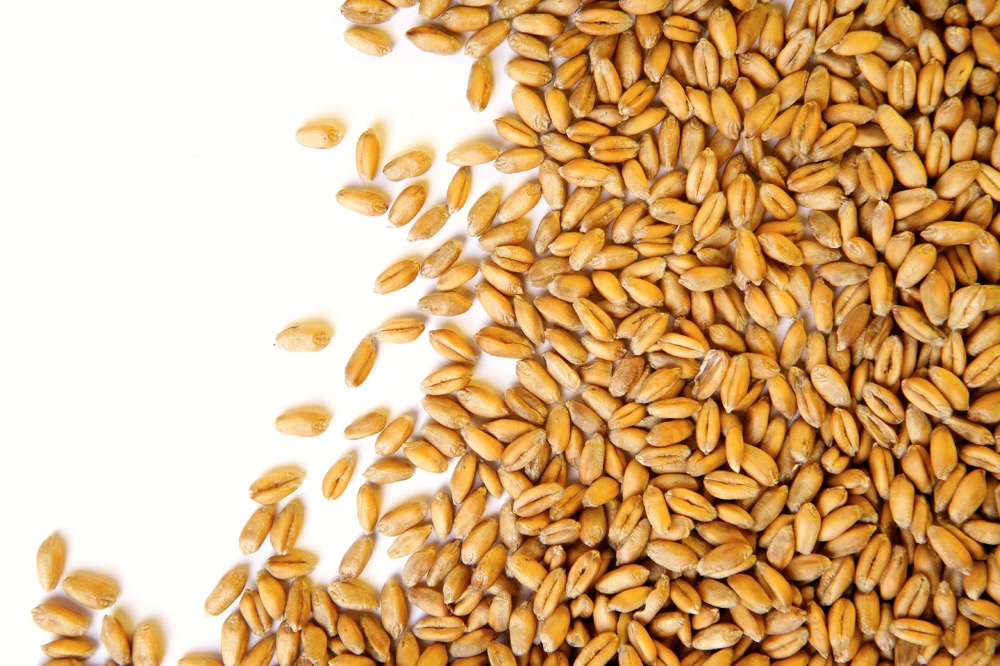Chatham, Ont. — Most underpinnings for higher corn, soybean and wheat prices appear to have fallen away — leaving biodiesel the only area that could drive higher prices.
A growth mandate for U.S. ethanol production ends in 2017, and oil prices continue to stagnate well below the highs of a few years ago, according to Bruce Trotter, a commodities analyst based in southern Ontario with Cefetra, a Dutch feed company.
Trotter told farmers here at the Chatham-Kent Farm Show they need to think of themselves as energy producers.
Read Also

IGC raises 2025/26 world wheat crop forecast
The International Grains Council has raised its forecast for 2025/26 global wheat production with crop outlooks upgraded for Russia, the United States and Argentina.
“Anything that lowers the oil price is bad for farmers, because we are in the energy business,” he said.
When corn and soybeans hit $8 per bushel and $18 per bushel, the fact that crude oil was also at a high, $115 per barrel, was a major factor. Trotter showed graphs that illustrated a correlation between corn and soybean prices and crude oil prices.
“You need to conceptually view your crop in the same way,” he said. Crude oil is harvested from the ground, refined in a plant and then sold as fuel. Similarly, oilseeds are harvested, processed in a plant and sold as fuel.
The level of negativity in the crops market doesn’t mean there won’t be opportunities — but Trotter thinks that, compared to last year, there will likely be fewer.
Last spring, soybean prices were languishing, but an expected La Nina, and massive rains in Argentina at harvest, meant a spike in soybean prices from $8.75 per bushel to over $11.90 per bushel during the summer.
Then, when it became obvious the U.S. crop was not just going to be coming through without any La Nina stress, and indeed would be a record size, the speculators knocked the price back down to $9.40.
La Nina “drove prices to the moon and back,” he said.
In 2017, the world doesn’t want more wheat — and markets are saying it wants beans, not corn.
This summer, the chance of a La Nina — which creates cooler and wetter conditions in some places and drought in others — is down to 12 per cent in the U.S., compared to 58 per cent last year.
“There is a much greater chance of neutral weather” in 2017, leaving less potential for weather to bias the market, Trotter said.
Beyond weather, the major mover of the market — the ratio between carryout and demand — is hostile toward any improvement in prices.
“Wheat has an astronomical carryout,” said Trotter. There’s also not a lot of demand to eat through that carryout and that will move acres out of wheat, as it already has.
A record corn crop in the U.S. in 2016 and an immense amount of corn in storage in China has also dampened corn prices.
With ethanol growth flat, it will be challenging to get through that large carryout. Corn has little “story” to tell, Trotter said.
Currency also affects where corn will be grown. When prices are low, the market will rationalize the producer with the highest currency — and right now, that’s the U.S.
Brazil’s currency, the real, has declined, which means its farmers are better able to justify planting corn, as are farmers in Canada.
“The Canadian dollar is our saviour,” Trotter said, and farmers should follow it as much as they follow soybean prices.
The small bright light is in soybeans. The soybeans-to-corn price ratio is currently 2.60, which is the highest it has been at this time of the year and stands to convince a lot of farmers to plant beans.
“Beans have a story; I don’t think wheat and corn do,” said Trotter, pointing to continued mandated growth in biodiesel, and rains at soybean planting time in Argentina that have threatened some of the crop there.
Some U.S. surveys have pointed to a potential seven million-acre increase in soybeans — a 10 per cent change in a year. Trotter expects 90 million acres of soybeans to be planted in the U.S. Some are calling for up to 92 million acres, which would, for the first time, put more acres in soybeans than corn in the U.S.
There’s always potential for an increase in oil prices, Trotter said, although with the increase in fracking-produced oil, it’s unlikely. And there’s always the potential for an unseen drought.
— John Greig is a field editor for Glacier FarmMedia based at Ailsa Craig, Ont. Follow him at @jgreig on Twitter.













